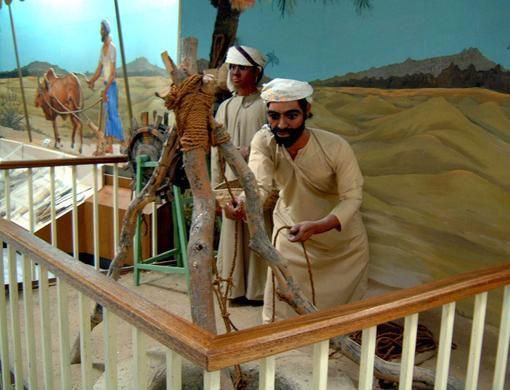Al Ain National Museum was the first such institution established in the UAE and has a rich collection of ancient and modern artifacts.
Located in the heart of the city, the museum is managed by the Abu Dhabi Authority for Culture and Heritage.
The museum has been attracting a large number of visitors including a number of tourists interested in Arab history, culture and tradition.
According to a museum official, the founder of the museum, the late Shaikh Zayed Bin Sultan Al Nahyan, had a special interest in the past and the heritage and wanted to preserve it for future generations.
Al Ain Museum was inaugurated by Shaikh Tahnoun Bin Mohammad Al Nahyan, the Ruler's Representative in the Eastern Region, on November 2, 1971.
Exhibits
Excavations in and around Al Ain are also displayed in the National Museum.
The city was once home to Stone and Bronze Age civilisations. Findings from these eras have given insight into the ancient inhabitants, including unique inventions, arts and crafts.
In the ethnography and archaeology section, the museum houses collections that tell the story of UAE from both the past and the recent history.
The old tradition of life has also been recreated in this section as some aspects of it faded out with the discovery of oil. A visit to this section allows the visitors to understand the dramatic changes the region has witnessed only in a few decades.
The archaeology section deals with the chronological sequence of the ages passed.
The section contains exhibits that show how people of the UAE used to live some 7,000 to 8,000 years ago. Artifacts from the Stone, Iron and Bronze Ages are also displayed in this section.
The archaeological section also has an attractive exhibit of old coins. A hoard of 300 silver coins was accidentally discovered in the vicinity of the city of Al Ain. These coins were minted more than 300 years ago.
Opening hours: 8:30am to 7:30pm Tuesday to Sunday, and 3pm to 7:30pm on Friday. Closed on Monday.
Admission: Dh3 for adults; Dh1 for children 10 years old and below.









